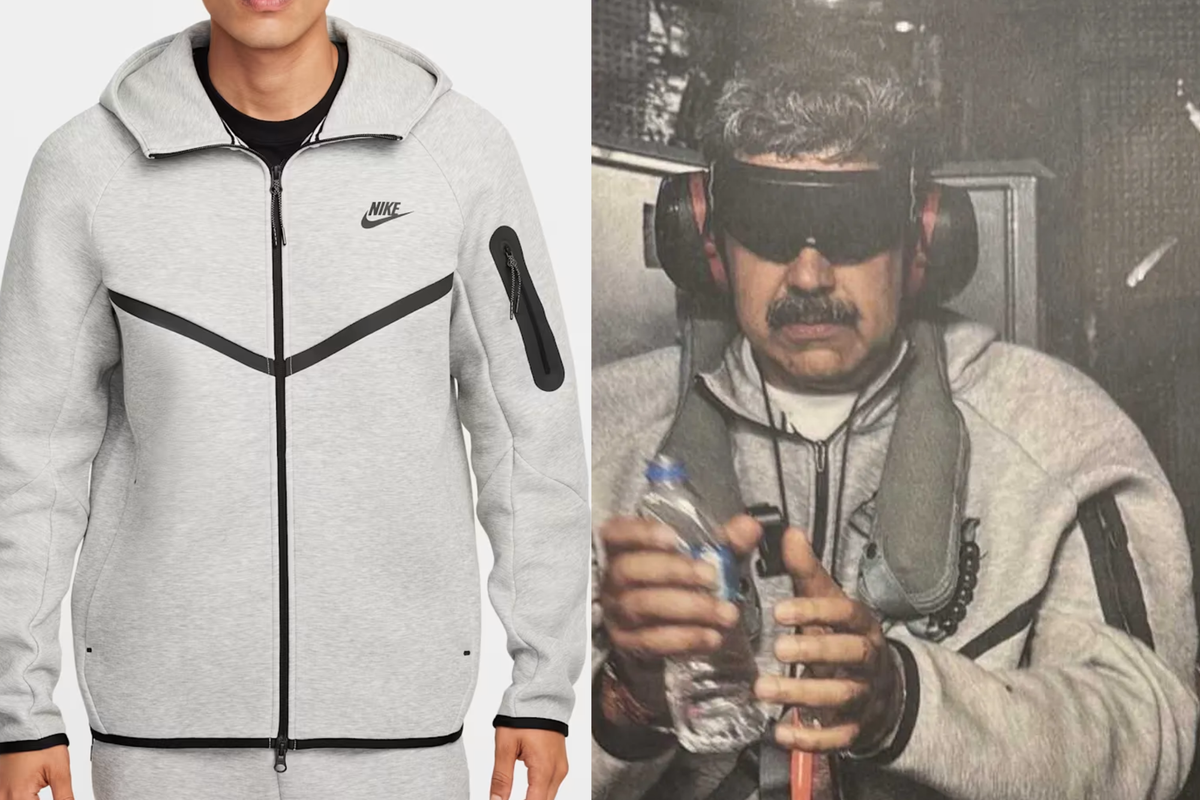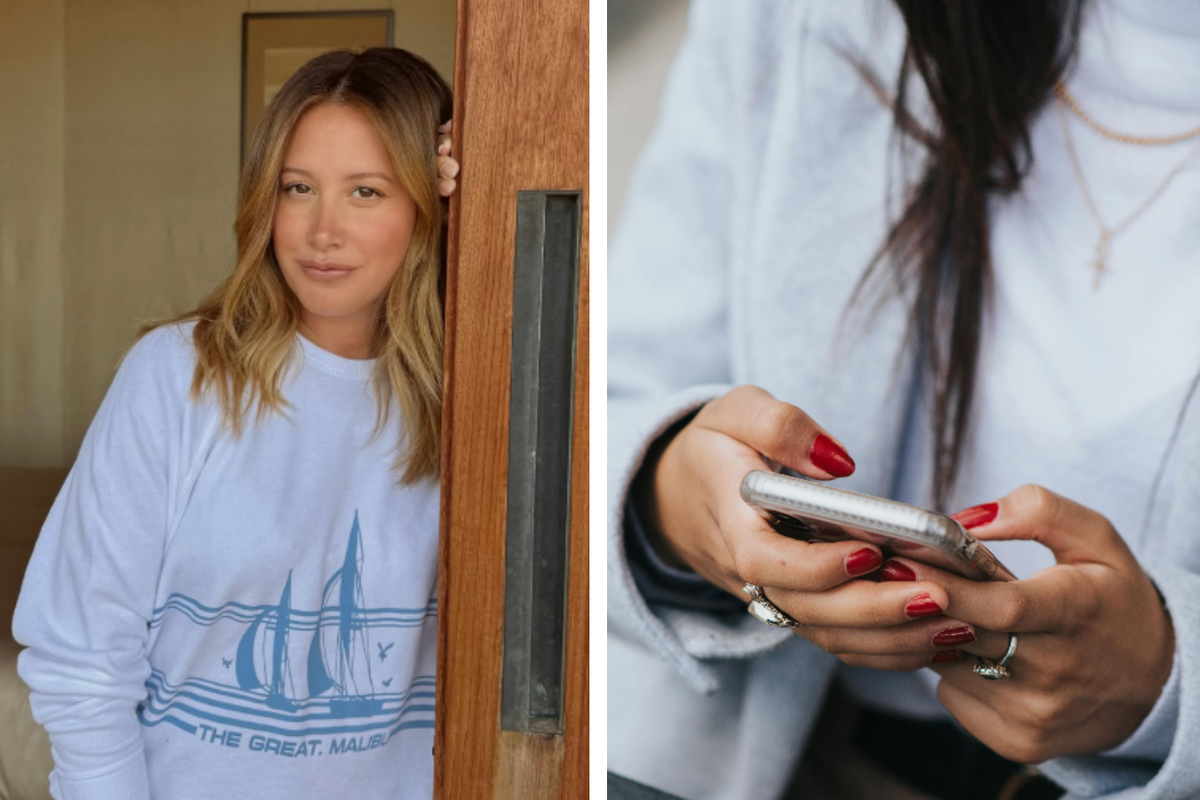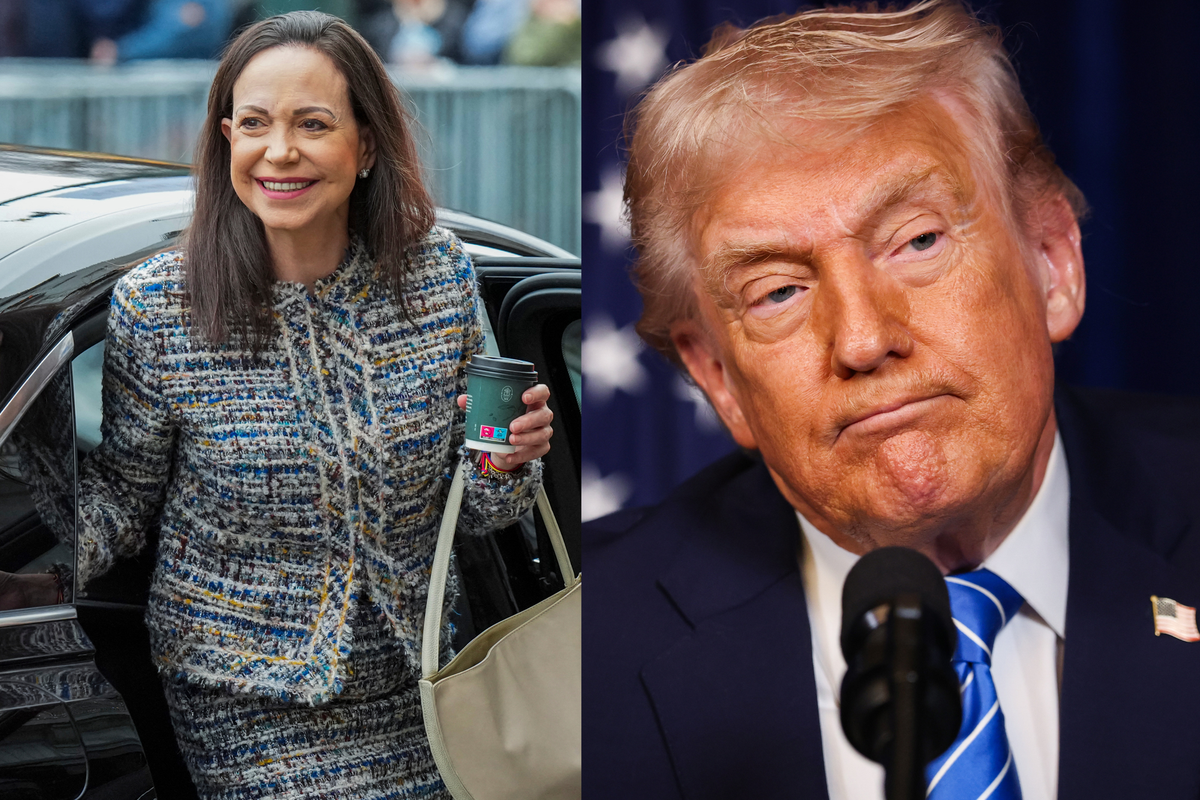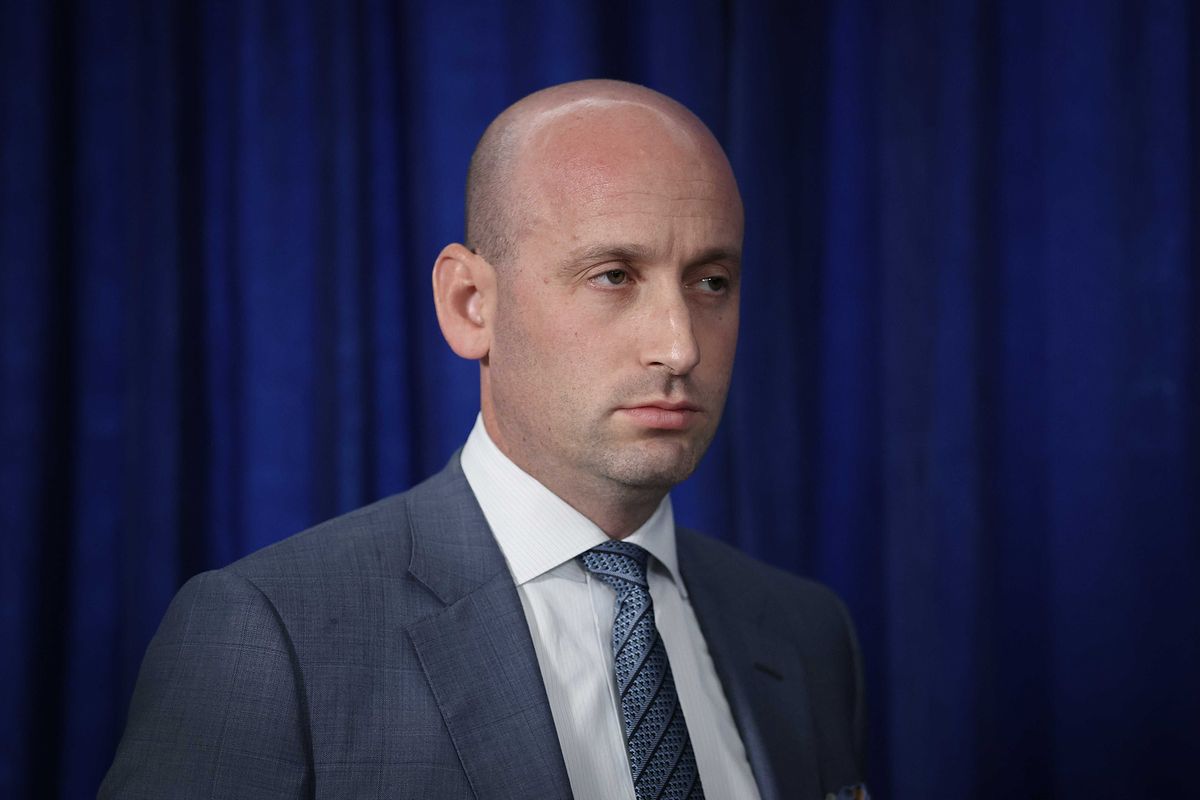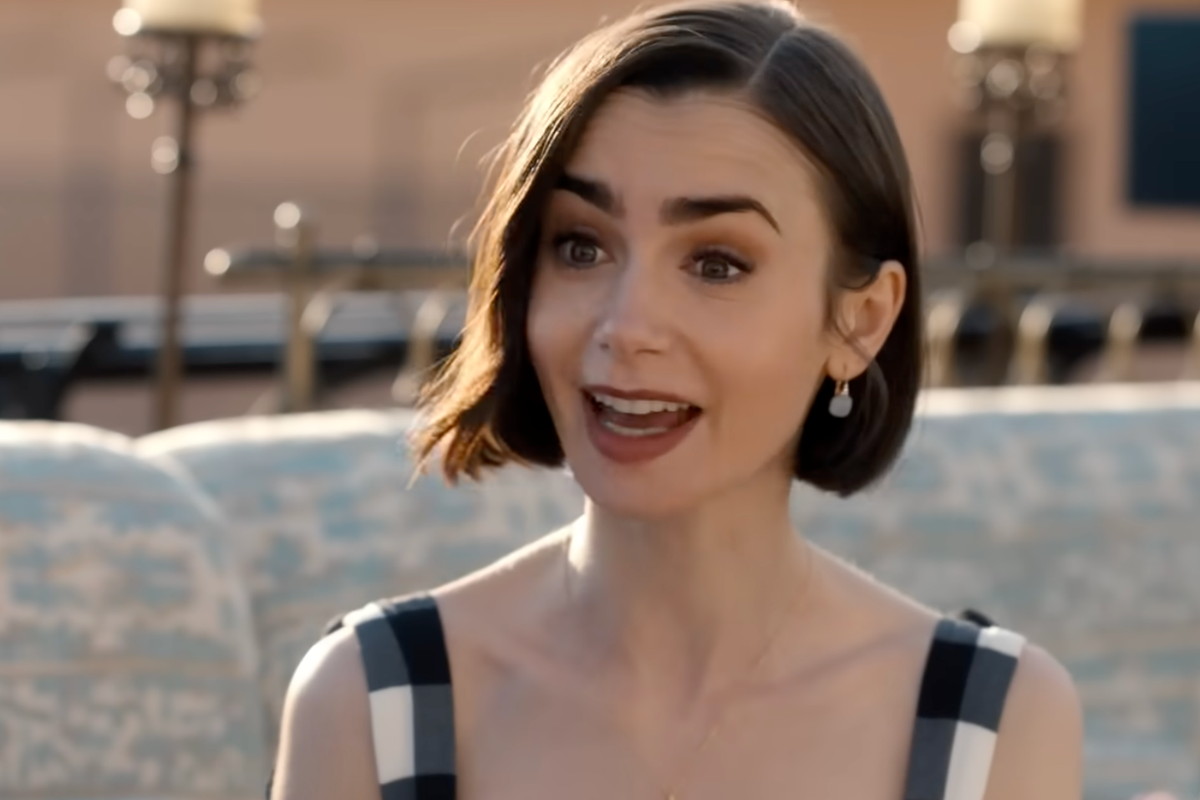Louis Staples
Jun 21, 2020
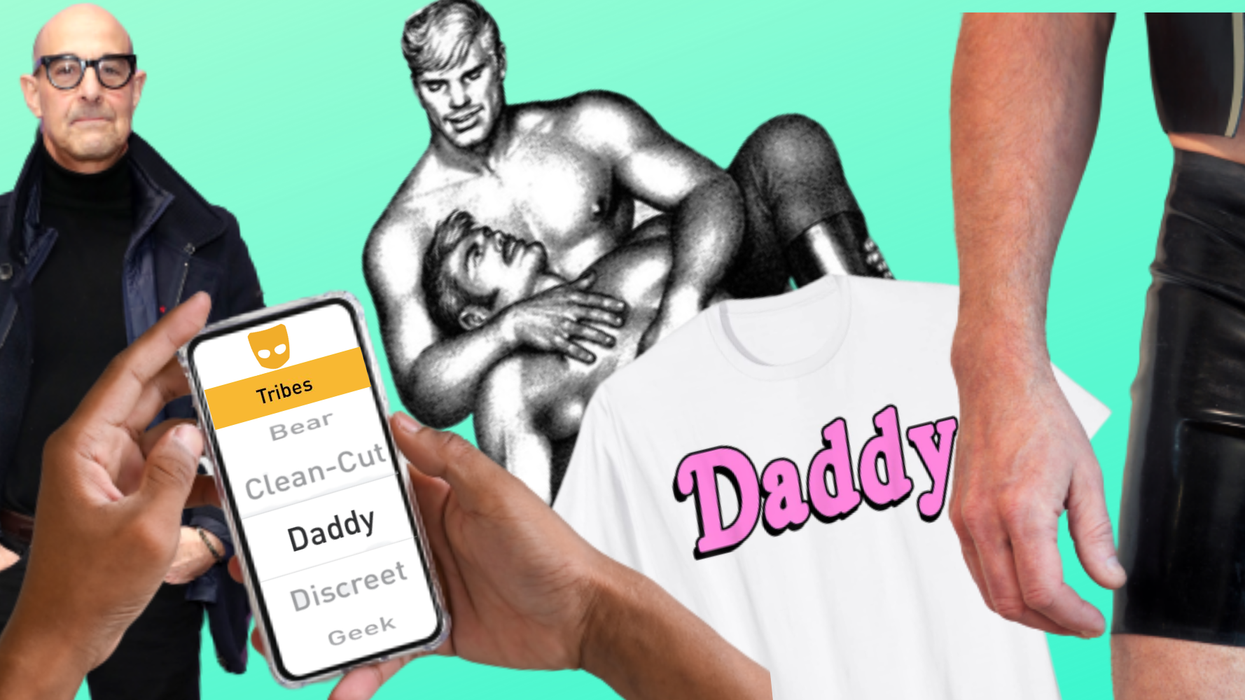
Sirena Bergman / Getty / Bishopsgate Institute LGBTQ+ Archive
“As a gay man, when you get older, there can be a few shocking moments,” says Chris, 40. “One of those moments is when you’re chatting to somebody and they say that they’re ‘really into older guys’. And then it hits you: I’m the older guy.”
In 2016 and in his late thirties, Chris became single again after almost a decade in a monogamous relationship. And on dating apps, social media and in clubs, there’s one word he gets called more than any other:
Daddy
Chris is far from the only man this is happening to in “gay world”, from dating apps to Gay Twitter and “the group chat”, the use of “daddy” as a descriptor is everywhere. It’s a “tribe” (category) on Grindr, the world’s most-used gay dating app. And there are even specific apps like DaddyHunt for “Daddies and guys that love Daddies”. According to PornHub, “daddy” porn is now the fifth most-viewed gay porn category in the United States.
A couple of years ago the New York Times boldly declared we were in the “age of the twink”, but move over fellas, because the era of the daddy has arrived.
So what exactly is a daddy?
Generally speaking, “daddy” is an archetype or category that gay men use to define themselves and/or each other. Other such categories include “otters” (slim hairy men), “bears” (bigger hairy men) and “twinks” (skinny, smooth men).
Some people outwardly identify as a daddy, often on hook-up apps or on alt social media accounts, and some people describe others that way.
Daddies don’t have to be gay, per se. And men who are described as daddies often aren’t: think Stanley Tucci, Henry Cavill and Harrison Ford. But there’s no shortage famous gay men who are seen as daddies either, from Ricky Martin to Andy Cohen, Ivan Massow, Anderson Cooper and Tom Ford.
In its most stereotypical form, a daddy is an attractive older man who takes on a dominant yet paternal role in relationships with men who are often younger than him. He is well groomed, toned, masculine and often successful. He takes the lead outside the bedroom and (again, so the stereotype goes) is a top – the penetrative role – in the bedroom.
But it isn’t all about sex: LGBTQ+ publication The Advocate’s list of 26 things to look for in a daddy emphasises “patience”, “caring” and “communication skills” as traits that are key to the daddy role.
Similarly to concepts like “queer” and “camp”, daddy is much debated and its meanings and representations can be different depending on the person. For instance, not everyone thinks a daddy has to be mature in age.
“Daddy is a look and a feeling,” says Peter*, 26, an admirer of daddies. Peter says he’s “seen 22-year-old daddies”; but that the “vibe” is definitely easier to embody as a man gets older. To him, a daddy embodies “a soft toughness, a gentle roughness. It’s caring, capable and masculine.”
There’s also debate about whether a daddy has to occupy the penetrative role in sex. Peter thinks it’s more complicated than that: “Someone is daddy before they f*** you. It’s that they could do all those things”.
Yet the majority of daddy admirers that I spoke to do associate daddies with sexual dominance and penetration. Sam, 22, says daddies are men who can “physically and mentally dominate me and turn on my submissive side”. Similarly, James, 26, says someone being a daddy has more to do with “sexual dominance than age”.
Chris says calling him daddy is often a way that younger guys project their sexual fantasies on to him. “When guys say ‘daddy’ to me it normally means they’re somebody who wants a masculine person, and I’m not particularly masc. Then they also expect you to be all dominant and I'm not a dom person either.”
But fantasy goes both ways. And for some men it even evolves past fantasy form a central part of their relationships.
Tim*, 44, has self-identified as a “daddy” in sexual relationships for the past 15 years. His last two boyfriends have even called him daddy, instead of his name, at all times except in public. “‘Daddy’ infers a certain respect and dynamic,” he says. “I’ll care for you, love you and even provide for you, but ultimately I’m in charge and what I say goes. When you mess up, I’ll correct you. It’s like a deal.”
So in short: daddies tend to be older and, more often than not, on the dominant side. But not always. The trope is an identifier for older men, but also a label that’s often put on them by younger guys whether they like it or not. Depending on the person it can be a kink fantasy, or a genuine relationship philosophy.
Why are daddies having such a moment right now?
The current popularity of daddies highlights a meeting point between several long-running trends.
First is the widespread proliferation of porn and the growing influence that this is having on internet culture and how people interact with each other. In straight culture, “MILF”, “stepmom” and “daddy-daughter” porn has been popular for a long time, but gay “daddy” porn is now just as popular.
Similarly, the concept of “sugar daddies” – a relationship where an older man provides money or gifts in return for sex and/or companionship with a younger man – has become less taboo too in straight and gay culture.
A daddy by no means has to be a sugar daddy, but it’s common for people on gay dating apps to outwardly say they want this type of relationship, and there’s specific apps dedicated to them.
Paul*, a 38-year-old lawyer, tells me that this type of setup appeals to him more and more these days. “I suppose I must see success as one of my most attractive features,” he says. He admits that it’s probably tied to a desire to be seen as a “provider” figure, with a touch of ego-stroking too: “I think it’s part of how I see my own masculinity”.
It’s also become common to see gay relationships with big age gaps romanticised in films, from A Single Man to Call Me By Your Name, where sexual desire is combined with a sort of “mentorship”.
Historian Justin Bengry, lecturer and convener of Goldsmiths, University of London’s Queer History MA, tells me that there’s a long history of these age-differentiated relationships. In Ancient Greece, for example, younger men reminiscent of the “twinks” of today – young, hairless, skinny and slender – adopted a feminised and passive role to give sexual relief to older men. But in the 19th and 20th centuries, Bengry explains: “Classical examples could be cited to justify sexual desire as a kind of intellectual mentorship of a younger man by an older man”.
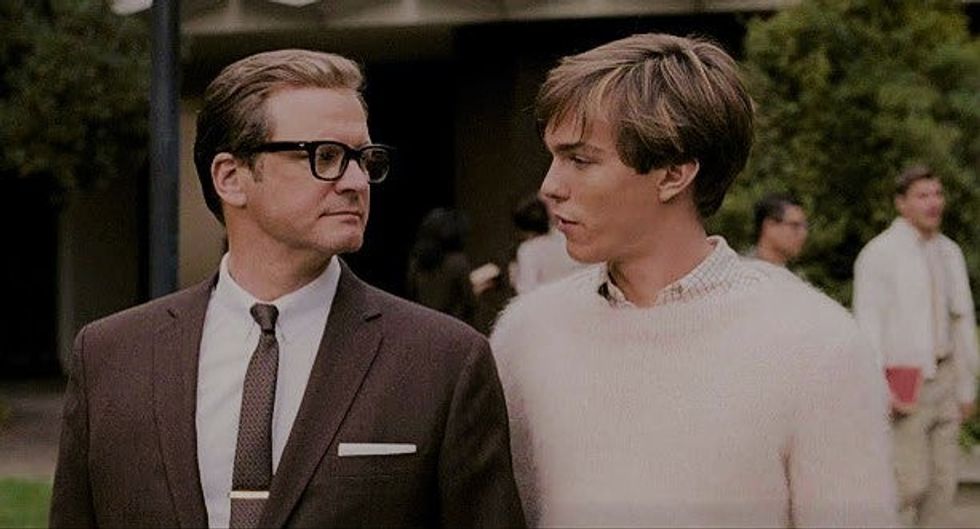
BSDM culture has in recent years become more mainstream for queer and straight people too. Gay leather fetish communities have been thriving across Europe and the United States since the 1960s, with black leather forming a representation of masculinity and subversive sexuality. In this world, a “leatherdaddy” – a dominant, older man clad in leather – is one of gay leather fetish’s central archetypes. The erotic work of Tom of Finland, a Finnish artist known for his highly masculinised homoerotic drawings, and for his influence on late 20th century gay culture. His work features muscled, moustached men bulging out of leather garms – an image many daddies of today still try to embody today.
From BDSM club nights like London’s Torture Garden to the explosion of nude-sharing apps like OnlyFans, young people in particular seem much less precious about exploring and displaying what turns them on. More recently, there’s been a vast number of apps dedicated to specific kinks, which makes lusting after “daddies” or “sons” seem practically mundane.
A wider societal acceptance of kinks has also changed how people communicate with each other online. For starters, it’s part of the reason thirst language has become increasingly violent and explicit. “Choke me daddy”, “run me over” and “step on my neck” are all common phrases to read online these days. “Daddy” is now just much an internet colloquialism as it is a firm gay archetype and it is used as a compliment even when someone doesn’t fit the stereotype.
It’s also common at Pride parades and LGBTQ+ festivals to see young men who don’t necessarily conform to the stereotype playfully wearing T-shirts with “daddy” written on them. And then there’s the many viral tweets on the subject, like this one that reads: “You call him daddy but his friends call him sis”.
Ben, 28, says he sees daddy as “a more male” version of “queen”, which he also uses loosely and affectionately. “If one of my friends who definitely isn’t a daddy grows a beard or gets a bit muscley, it’s a nice way to gas him up by pointing out how masc he looks, even if – or especially when – he’s super femme the rest of the time”.
Queer culture writer Otamere Guobadia thinks that people subverting the daddy trope in this way hints at how performative gay paradigms are. “Archetypes lend structure and coherence to the community and it's language”, he says. “But there's something about commenting ‘daddy’ underneath your twink friend’s slightly masc photo which seems to understand that even the kind of hypermasculine daddy vibe constitutes a performance in itself, one that other people can put on like a costume.”
Daddy is the new 40
So is the love for daddies a genuine desire for older men, or an attraction to this “costume”?
It doesn’t seem like a coincidence that the popularity of daddies coincides with these “categories” of gay men expanding and becoming more widely used. When it comes to the daddaissance, Bengry suggests that categories and modern technology are a key driving force.
“Having this hyper-differentiation of labels that distinguish every kind of body type, desire and self identity used by so many people feels more recent,” he says. “I don't recall so many circulating when I was in my 20s.”
Queer theory professor Stephen Guy-Bray, of the University of British Columbia, says daddy is just as popular as an label projected onto someone as it is a term older men use to describe themselves.
“I think daddy is especially popular now that the first generations of gay men who have been able to be gay all their lives is, after all, ageing,” he says. “Men my age (60 later this year) often like being a daddy because it's a way to feel sexually acknowledged long after our shelf lives should have ended. At last there's a way for gay men to see being older as an advantage.”
There’s definitely something to this. While it’s long been said that men “get better with age”, in metropolitan gay world this idea hasn’t always been put into practice. Youth has long been the most bankable (and bangable) sexual currency. But as Bengry tells me, gay men in their 40s are starting to see this era as their “prime daddy years”.
Matthew Hodson, 52, remembers feeling depressed when he turned 50 because of “the lack of sexual value which is often put on older gay men and older gay bodies”. But after going to the gym to achieve what he calls a “daddy bod”, things have changed. He says that the daddy archetype has helped him be more confident and attractive. Similarly, Chris tells me that he started going to the gym in his late thirties because he “needed to feel like [he] was attractive again”.
In the book, Changing Gay Male Identities, Dr Andrew Cooper discusses the importance of the body to gay identity. He suggests that projecting a “successful” identity becomes extremely important to gay men as they become aware of their sexuality. Moving into adulthood, the body becomes an important site for projecting a “successful” sense of self to their gay peers.
And now it’s not just through toned “daddy bods” like Matthew’s that this can be achieved: polls show that “dad bods” (slightly pudgy) are now seen as more attractive and grey hair and “salt and pepper” beards are having a moment too.
Matthew also makes a link between the previous undesirability of older gay bodies and the HIV/Aids crisis. Now we’ve reached the point where older men both aren’t as associated with the virus, and are also showing that they can live healthy and full lives with proper treatment.
Either way, older gay men are no longer synonymous with disease and death, so they can be perceived as “hot”. As an HIV positive man, Matthew credits the newfound love of daddies for helping men like him push back on these narratives. “I think it's really good to counter some of the old stereotypes of what it looks like to live with HIV.”
The downsides of daddy
Before we get too celebratory, it’s important to acknowledge the problematic parts of the daddy trend, of which there are several.
Firstly, gay archetypes tend to elevate the experience of white gay men above all others. Despite “papi” having a similar colloquial use and significance as an identifier in Latin culture, men characterised as daddies across dating apps, porn and celebrity culture are overwhelmingly white.
Black gay men have been largely excluded from the daddy trope too, despite the fact that posters for gay leather fetish nights in the 1970s suggest that “leatherdaddies” were often black. Despite the fact that the white gaze stereotypes and fetishises black men as dominant, masculine tops – traits that are sometimes associated with the stereotypical daddy – black daddies still seem like a rarity. Why?
“Daddy” is commonly used in black culture to literally mean father, and even someone cool and desirable in Boney M’s 'Daddy Cool'. But Phil Samba, 30, thinks the absence of black gay daddies is to do with the othering and sexualisation of black men. He’s not surprised that black men are so rarely considered daddies because they’re often excluded from all of these gay archetypes.
“Black men should be allowed to identify however they see fit, but we’re typically put in one box: thug,” he says. “You see it in porn: hypermasculine, aggressive, unemotional. It stops society seeing us in any other way.”
With this in mind, “daddy” – a term which encompasses a significant nurturing and caring element – is particularly exclusionary to black men. But “leatherdaddy” – a term more closely linked to BDSM roles like “master” – centres more around discipline, aggression and muscularity, which might explain why black leatherdaddies have been more visible.
There’s also the glaringly obvious point that daddies and daddy-son roleplay eroticises an incest taboo. This is not necessarily harmful in itself when it’s fantasy enjoyed by two consenting adults, but inevitably there’s going to be predators who use this to take advantage.
Numerous gay men that I spoke to remember having their first sexual encounters with “daddies” much older than them, met via hook-up apps, when they were young and inexperienced. Older men taking advantage of this power dynamic is nothing new, and it’s by no means exclusive to men who consider themselves “daddies”. But as with any kink, the eroticisation of this dynamic isn’t without its potential dangers.
There are downsides to being seen as a daddy too. Matthew tells me that younger guys often approach him with explicit fantasies that they automatically expect him to subscribe to.
“I'm someone who has been raped, so I find that really challenging to engage with any fantasy that pushes those consent issues,” he explains. “But quite often being called ‘daddy’ will quickly move into a fantasy of me coming round to someone’s house when they’re face down on the bed, and the fantasy about me dominating them and bordering on removing their consent.”
Is the explosion of daddy really a sign of liberation?
At the heart of all this lie two key questions: is the daddy trope liberating or constricting? And does it provide emancipation or assimilation?
It’s difficult to see how gay archetypes, tribes, categories, (or whatever you want to call them) can be emancipatory when it seems very much like viewing oneself or others through a stereotypical lens.
Checking the “daddy” box on a dating app might allow men to get what they want more easily in the sexual economy, but it also ascribes a value to them. Apps like Grindr want us to use these labels to make using the app easier, so more people have accounts and they make more money.
Similarly, gay publications need sell ads that make us want to spend money on stuff, from grooming products to gym memberships, supplements, loafers and even holiday homes, which fit the archetype we aspire to be. It doesn’t seem like a coincidence that these categories have become more widely used and specific just as the “pink pound” (the disposable income of supposedly affluent gay men) has become heavily targeted by advertisers.
Identifying as a daddy provides opportunity, particularly for older men who thought their days of being desirable were over. But it also creates a space for dehumanisation. “I often think: are you into me? Is it me that you're into? Or am I just you thing?” says Chris. “Men now expect me to be full in on their fantasy when I haven't spoken a word to them. I’m not a dildo. You can’t just come in and essentially dry hump me.”
Yet “daddy-son” relationships also subvert the cookie-cutter “acceptable” gay relationship mould that we’re so used to seeing nowadays. Take Pete and Chasten Buttigieg, the first gay relationship to be embraced on America’s national political stage, as an example. They look similar, sound similar, are a similar age and even dress in the same gingham shirt. There’s nothing wrong with that at all, but there’s no denying it’s the sort of gay relationship straight people are most comfortable seeing.
Bengry says that decades on the outside have predisposed many gay men and lesbians to less “traditional” relationships and a rebellion against norms such as monogamy.
“Sexual minorities may be more willing to experiment sexually and with different kinds of relationships,” he says. “If you're already a sexual social outlaw, then how much do social niceties even matter anymore? You're still more likely to be criticised and judged by society either way.”
In that sense, the popularity of “daddies” is also distinctly different to male-female relationships where the man is much older, which we’re very used to seeing. Unlike daddies, these men aren’t widely viewed as physically attractive (though of course, there are exceptions). In high profile examples such as Donald and Melania Trump, it’s presumed that the woman is primarily interested in their husband’s money. Writing in the American Sociological Review, the University of Notre Dame sociologist Elizabeth McClintock called this the “beauty-status exchange”.
Yet there’s no denying that daddy-son/daddy-boy relationships are patriarchal, or that similar forms of “exchange” don’t take place. In fact, they often depend on patriarchal roles that, despite being an all-male relationship, still centre on misogynistic norms from straight culture.
For some gay men, the connection between “daddy issues” with their real-life fathers and their lust for “daddies” is complex. Particularly seeing as it is now more common for gay men to have children of their own.
Hugh*, 23, says he loves daddies and has a perfectly healthy relationship with his actual father. “But my dad isn’t the most masculine man, so I sometimes wonder if I crave that type of ‘alpha’ male type role model,” he says. Tim, 41, says he likes being a daddy for younger men because he didn’t ever know his dad and wants to give that support to someone else, without having his own child. Phil, 31, tells me he thinks his lust for daddies is “totally down to” his rocky relationship with his own dad and the desire for a redo, so any form of rejection from older men hits him even harder. Each person and reaction is different.
Regardless of individual histories, the link between the collective attractiveness of daddies and success – in terms of body and appearance but also income and status – are entwined with patriarchal, white supremacist capitalism. Within the capitalist framework that all people navigate, the inequality between daddies and younger men, who they chase and are chased by, is often the foundation of what both parties find erotic about it.
And within this eroticism there are opportunities and limits, as Matthew seems to recognise. “I would much rather have a tribe like ‘daddy’ where people still think I’m sexual right now, than none at all,” he says.
“If it’s between being cast aside by the gay community and being a sexual object, I’d take being a sexual object every time”.
*Some names have been changed
Top 100
The Conversation (0)
